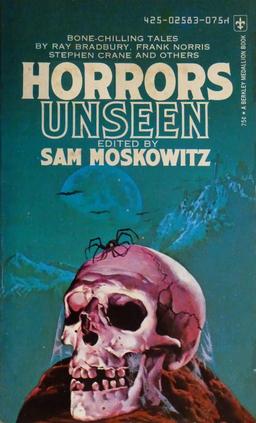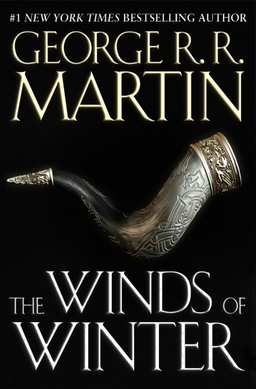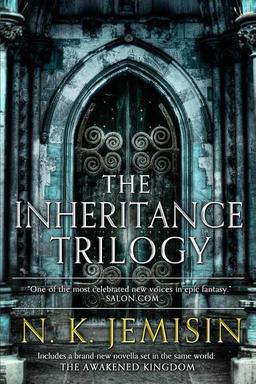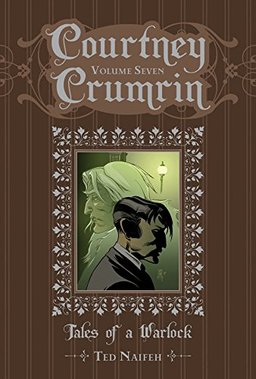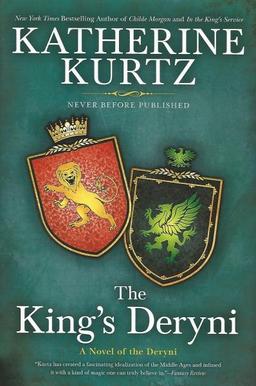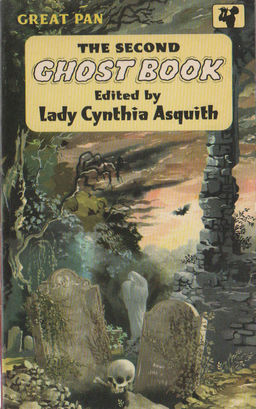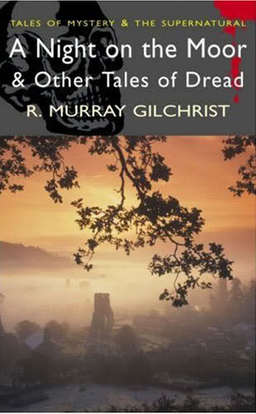Shimmer 23 Now on Sale
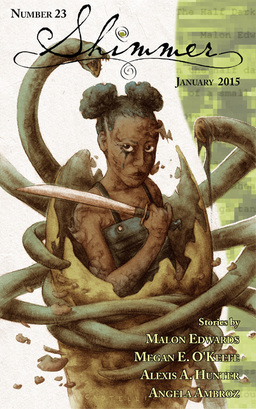 I’m someone who believes that the core of the fantasy genre is still its short fiction magazines.
I’m someone who believes that the core of the fantasy genre is still its short fiction magazines.
This used to be a lot more true, of course. When fantasy and science fiction were still fresh and new as distinct literary genres in the early 20th Century, the only place they regularly appeared was pulp magazines. For fantasy, that meant Weird Tales, the shot-lived Unknown, and later Famous Fantastic Mysteries and the like. Mass market paperback fantasy didn’t take shape until the 1950s, and didn’t really become popular until The Lord of the Rings appeared in paperback in the 60s. Nowadays when people think of fantasy, they tend to think of paperback bestsellers like George R.R. Martin, Stephen King, and Brandon Sanderson.
Where did all three of those writers get their start? In magazines, of course.
Magazines are where the next generation of breakout fantasy writers are already at work today. And if you’re interested in trying a magazine that has a fabulous rep for discovering and promoting stellar writers long before they’re well know — authors like Amal El-Mohtar, Genevieve Valentine, Lou Anders, Chris Roberson, Aliette de Bodard, and many others — then I highly recommend Shimmer.
Shimmer is published bi-monthly, and edited by E. Catherine Tobler. It’s available in both print and your choice of DRM-free electronic formats (indeed, a wide range of formats, not just PDF and Kindle.) It has shown a talent for rooting out great fiction across a wide range of fantasy and SF, and takes pride in publishing “Speculative fiction for a miscreant world.”

